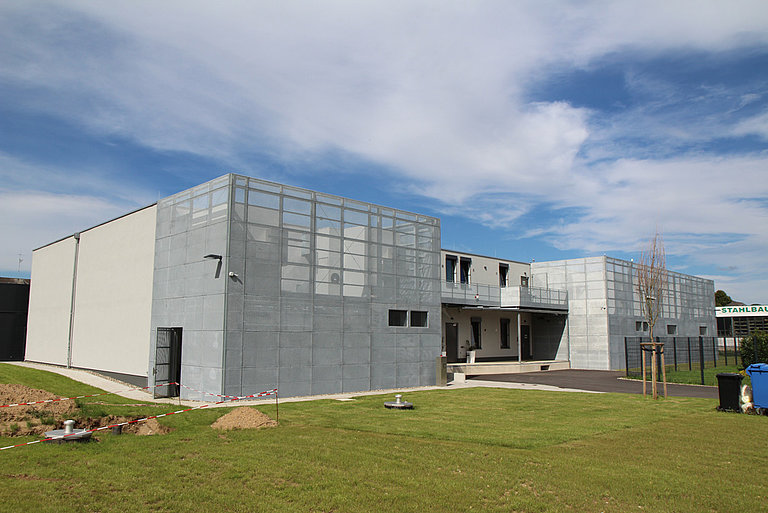Data Center Infrastructure Management (DCIM) refers to a category of software tools, that are used for the monitoring, measurement, management and control of data centre performance. The system known as DCIM combines IT systems and facility management functions in order to monitor and manage the entire data centre and its infrastructure including IT equipment and ambient conditions. The key benefits of DCIM are described below:
- Improved capacity planning Data Center Infrastructure Management enables companies to monitor the current capacity usage of their data centres and thus make accurate forecasts of future capacity requirements. Such capacity planning can help to avoid downtime and ensure that sufficient resources are available for future growth.
- Energy efficiency: DCIM tools enable accurate tracking of the energy consumption across the entire data centre. This can help to identify inefficient systems and lead to energy savings (energy efficiency). This results in both cost savings and improved environmental sustainability.
- Better Asset Management: DCIM provides detailed insights into the performance, condition and position of all devices in the data centre. This enables effective asset management and optimisation of the location of devices for improved performance and cooling.
- Risk reduction: By monitoring the physical infrastructure and ambient conditions, DCIM systems can highlight potential problems early, such as e.g. overheating or power outages, and thus minimise downtime.
- Compliance and reporting: DCIM enables companies to fulfil compliance requirements more effectively, as it provides an audit trail of infrastructure changes. Moreover it provides detailed reports on performance, capacity usage and energy consumption which are useful for decision making.
- Automation: DCIM software can automate many manual tasks, e.g. those performed by data centre operators. This increases efficiency and reduces human error. For example, maintenance plans can be drawn up automatically and adapted based on the data collected by the DCIM system.
- Increased uptime: Through continuous monitoring in real time and proactive maintenance, DCIM helps to prevent unplanned downtime. This results in greater data centre availability and reliability.
- Cost control: Significant cost savings can be achieved through optimised use of resources, improved energy efficiency and reduced downtime. In addition, DCIM tools can help to minimise operating costs through precise tracking and allocation of IT and facility costs.
- Improved decision making: DCIM gives IT managers a central overview of the entire data centre infrastructure. This comprehensive view combined with detailed reports and analysis supports sounder, data-driven decisions.
- Integration with other systems: DCIM tools can often be integrated into other management tools such as Business Intelligence or Enterprise Resource Planning systems for example. Such integration can contribute to even more efficient management of the data centre.
- Scalability: DCIM software can generally be up-scaled very easily, so that companies with growing data centre requirements are able to expand without problems. This ensures that the software continues to provide valuable insights and controls, even in an increasingly complex IT environment.





